
On-Screen Keyboard (OSK) is an alternative method for physical keyboard. This is a software-based keyboard that is available on many operating system, especially on Windows. You can use the On-Screen keyboard by a joystick, pointing device (like a mouse), or your finger on a touch screen.
How to use On-Screen keyboard in Windows 10, 8 7
You can enable or disable easily the keyboard on your computer screen in Windows 10, Windows 8 and Windows 7.
- Universal method to get on-screen keyboard
- Get On-Screen Keyboard in Windows 10
- Get On-Screen Keyboard in Windows 8 and Windows 8.1
- Get On-Screen Keyboard in Windows 7
- Configure on-screen keyboard settings
1. Universal method to get on-screen keyboard
Whether you’re using Windows 10, Windows 8, or Windows 7, you can open the keyboard on your screen by running OSK. Here’s what you need to do:
- On your physical keyboard, press the Windows logo key

and R at the same time to invoke the Run box.
- Type OSK in the Run box and click OK.
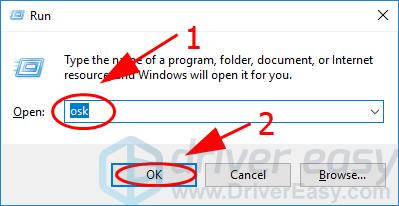
- Then Windows will bring up the keyboard on your screen.

This is easy and fast, isn’t it?!
If this method doesn’t work for you, don’t worry. There are other ways depending on the Windows operating system running in your computer or laptop.
2. Get On-Screen Keyboard in Windows 10
If you’re using Windows 10 in your computer, you can quickly bring up the on-screen keyboard by pressing the Windows logo key , Ctrl key, and O key at the same time. Meanwhile, try the following methods and you’ll get the on-screen keyboard as well.
, Ctrl key, and O key at the same time. Meanwhile, try the following methods and you’ll get the on-screen keyboard as well.
Way 1
- On your screen, right click on any empty area in the Taskbar, then click Show touch screen button.
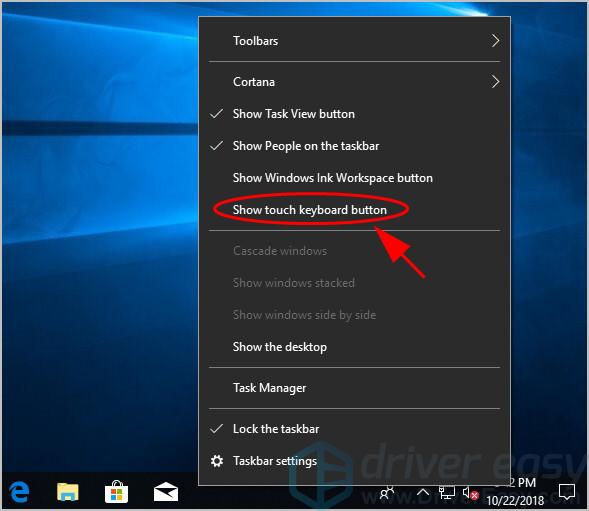
- Then you’ll see a touch screen button appear at the bottom right corner on your screen. Click the button and the on-screen keyboard will show up.

Way 2
Another possibility to open the keyboard on your screen, is to go to the Settings app.
- Press the Windows logo key
 and X at the same time, and click Settings.
and X at the same time, and click Settings.
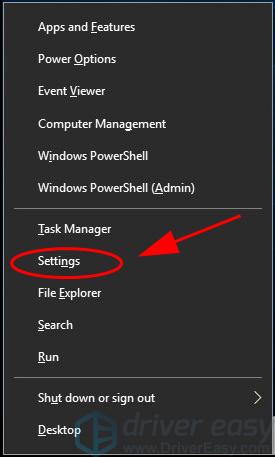
- Click Ease of Access.
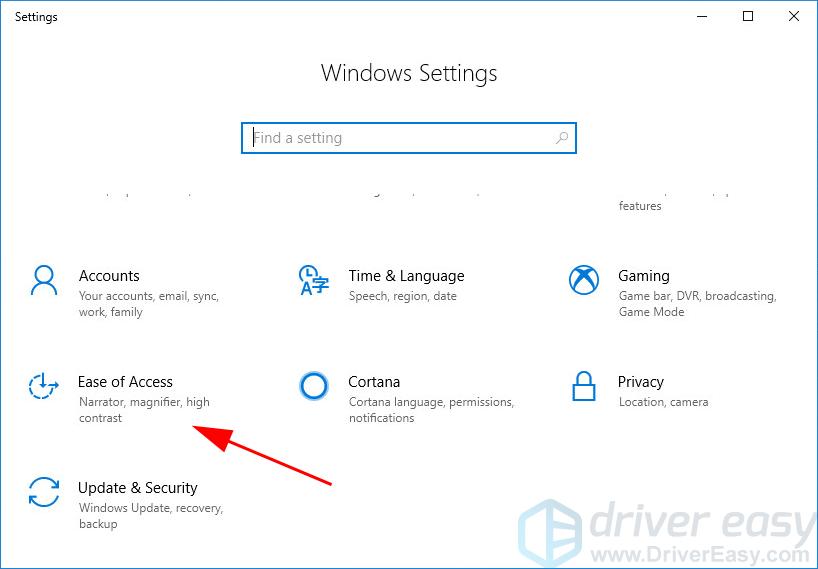
- Scroll down on the left and click Keyboard.
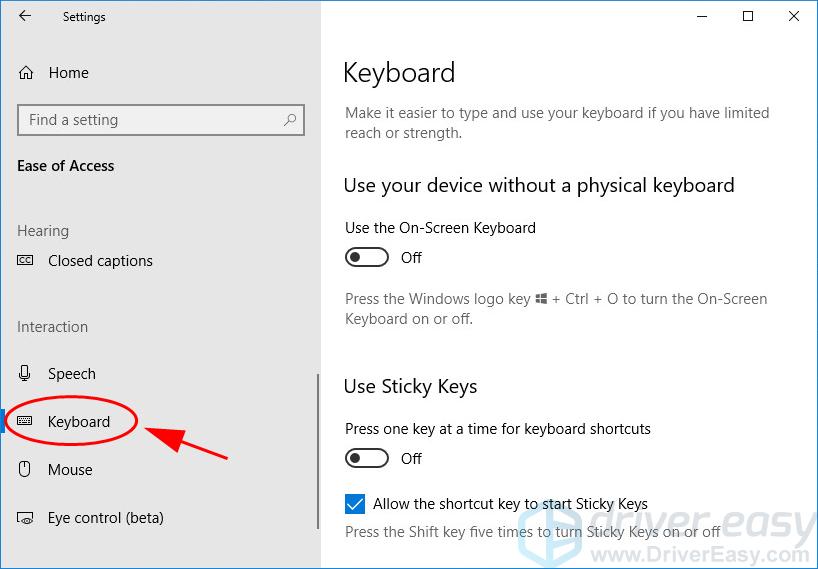
- Toggle the button turn on Use the On-Screen Keyboard.

Then you’ll see the keyboard appear on your screen.
3. Get On-Screen Keyboard in Windows 8 and Windows 8.1
If you’re using Windows 8 or Windows 8.1, follow the instructions to bring the on-screen keyboard:
Way 1
You can open the On-Screen Keyboard via the Taskbar settings:
- Right click on the empty area in the Taskbar, and click Tools > Touch Keyboard. Make sure to check Touch Keyboard.
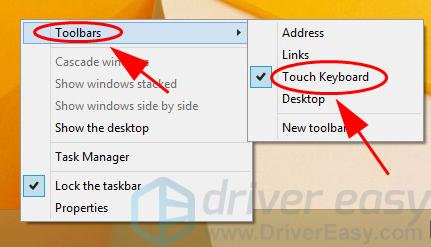
- A keyboard button will show up at the bottom right corner, click the keyboard button.
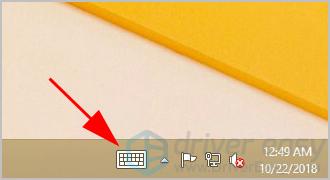
The On-Screen Keyboard will show up on your screen.

Way 2
Or you can go to the Settings app and turn on the On-Screen Keyboard there. To do so:
- Type Settings in the search box, and click PC settings.

- Click Ease of Access.

- Click Keyboard. Then toggle the button to turn on On-Screen Keyboard.
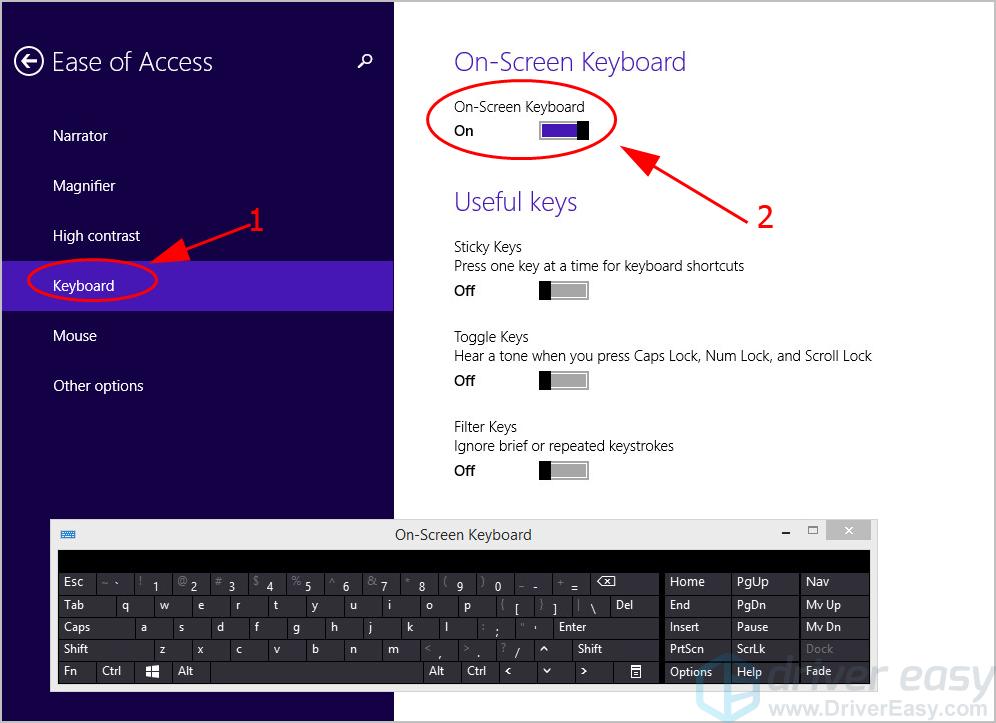
Then you can use the On-Screen Keyboard on your display.
4. Get On-Screen Keyboard in Windows 7
If you’re using Windows 7 in your computer, don’t worry. There is a method to open On-Screen Keyboard.
- Click the Start button on your desktop, and click All Programs.
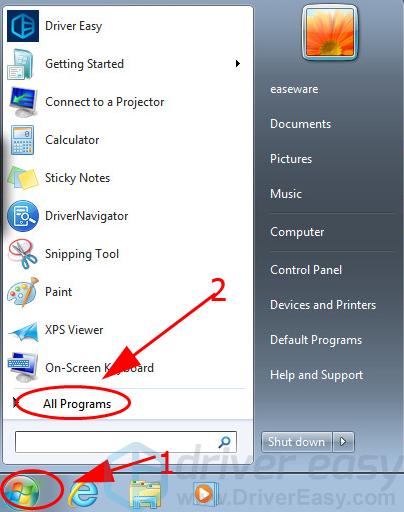
- Go to Accessories > Ease of Access > On-Screen Keyboard.
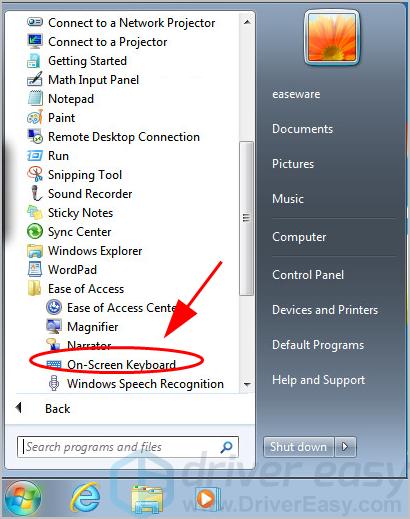
Then the On-Screen Keyboard pops up on your screen and you can use it.

Note: You can pin the On-Screen Keyboard in the Taskbar, so you can launch the keyboard easily. Just right click the On-Screen Keyboard icon in the Taskbar, and select Pin this program to taskbar (or Pin to taskbar).
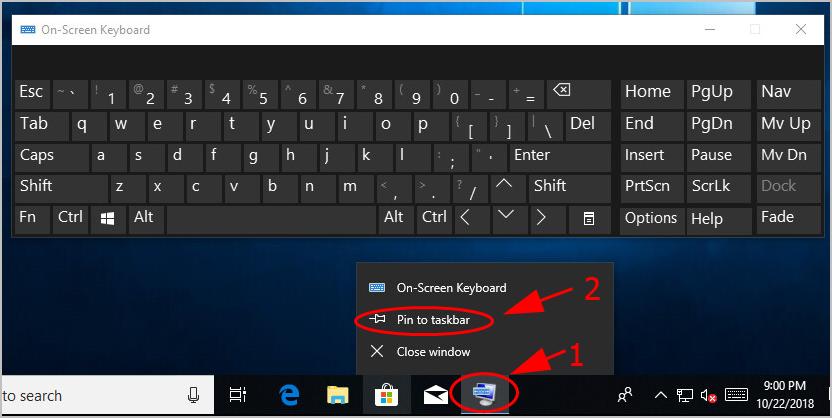
5. Configure on-screen keyboard settings
You can configure the keyboard settings in the keyboard options, such as enabling click sound or numeric key pad. To do so:
- Once open the On-Screen Keyboard, click the Options key.

- On the Options pane, you can configure the following settings.
- Use click sound: there will be sound when clicking the keys on the On-Screen Keyboard.
- Show keys to make it easier to move around the screen: enabling this will make it more easier to more around the keyboard on your screen.
- Turn on numeric key pad: checking the box will enable the numeric key pad showing on your keyboard.
- Click on keys, Hover over keys, or Scan through keys: you can choose the way to use the On-Screen Keyboard.
- Text prediction: this is enabled by default. Because it needs more time to respond by using the On-Screen Keyboard, the keyboard uses text prediction to decrease the time to respond.
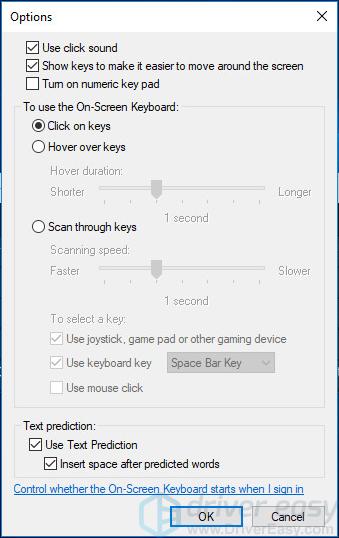
So there you have it – the information about the On-Screen Keyboard, and the instructions to get On-Screen Keyboard on Windows 10, Windows 8 and Windows 7.
If you have any questions, feel free to leave a comment below.





